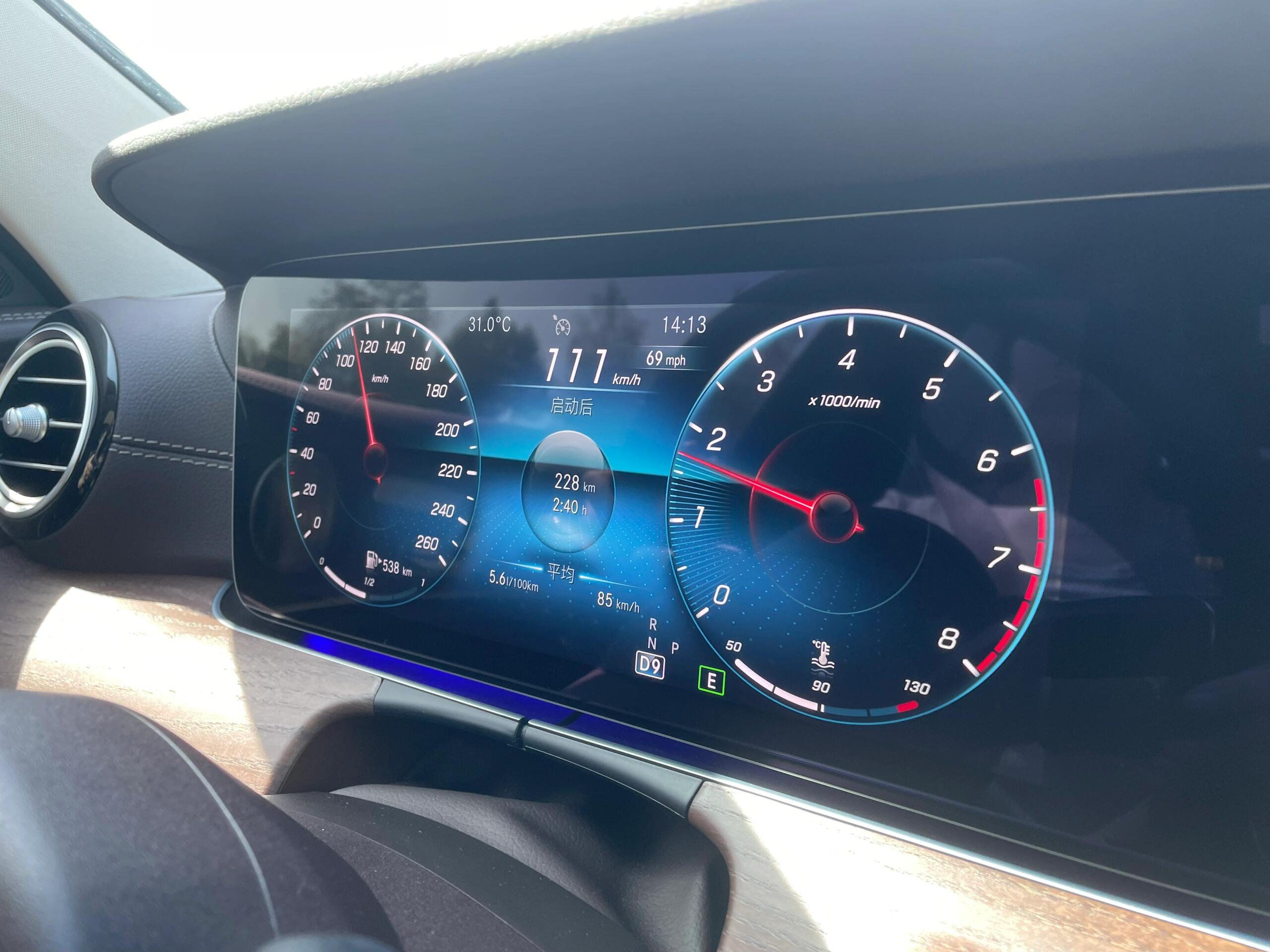In our previous article, we explained the ingenious engineering that allows a Continuously Variable Transmission (CVT) to offer an infinite range of gear ratios. This fundamental principle unlocks significant benefits but also introduces unique compromises that define the CVT driving experience. This second article will provide a balanced analysis of the pros and cons of CVT transmissions, helping you understand why they are both praised and criticized.

The Advantages: Unmatched Smoothness and Efficiency
The design strengths of the CVT directly translate into two compelling advantages for the everyday driver.
- Exceptional Smoothness: This is the CVT's flagship feature. Without fixed gears, there are no shift points. Under normal acceleration, a CVT-equipped vehicle accelerates in a single, uninterrupted, linear motion. This eliminates the jerky "shift shock" or pauses often felt in traditional automatic transmissions, especially older models. It provides a supremely calm and smooth ride, particularly in stop-and-go traffic, which is a major selling point for many buyers.
- Superior Fuel Efficiency (Is CVT Fuel Efficient?): Yes, this is often the CVT's strongest selling point. By its very design, a CVT is excellent at keeping the engine operating in its most efficient RPM range. A traditional automatic must let the engine RPM rise and fall as it climbs through each fixed gear ratio. A CVT, however, can adjust the ratio to lower the engine RPM the moment it's efficient to do so. It can "simulate" very tall overdrive gears for highway cruising, reducing engine strain and saving fuel. This is why many hybrids use a CVT-like system (e.g., Toyota's Hybrid Synergy Drive) to maximize efficiency.
The Disadvantages: The Trade-Offs for Smoothness
The very traits that make the CVT smooth and efficient can also lead to its most common criticisms.
- Unconventional Driving Feel (The "Rubber Band" Effect): This is the most frequent complaint from enthusiasts and drivers accustomed to traditional transmissions. When you demand power, the CVT holds the engine at a high, constant RPM while the vehicle accelerates. The disconnection between the rising engine noise and the lack of shifting creates a sensation often described as the "rubber band effect"—as if you're stretching a rubber band to accelerate. Many find this sensation unnatural and unsatisfying, as it lacks the tactile feedback and auditory cues of gear changes.
- Performance Perception: While a modern CVT can often accelerate a car just as quickly (or even faster) than a traditional automatic by holding the engine at peak power, the subjective feeling is less sporty and engaging. The constant drone of the engine lacks the excitement of a redline upshift. To counter this, many manufacturers program simulated "shift points" into their CVTs in sport mode, making them behave like a traditional 7 or 8-speed automatic—a clear concession to driver preference.
- Reliability and Durability Concerns: Historically, this has been the biggest hurdle for CVT acceptance. Early CVTs, particularly in the 2000s, gained a reputation for being less durable than robust traditional automatics. The complex interaction between the steel belt and pulleys creates immense pressure and heat, making the fluid quality and cooling critical. Neglecting maintenance or towing beyond the rated capacity could lead to premature wear, shuddering, or failure—which is often very costly to repair.
- The Modern Context: It's crucial to note that CVT technology has improved dramatically. Newer designs, better materials (e.g., stronger bands), more advanced transmission fluids, and improved cooling systems have significantly enhanced their reliability. However, the perception and higher repair costs compared to a manual transmission often remain a concern for buyers planning to keep a vehicle for a very long time.
Conclusion: A Tool for a Specific Job
The CVT transmission is not inherently "better" or "worse" than a dual-clutch or a traditional automatic. It is a tool optimized for specific goals: maximum smoothness and fuel economy in everyday commuting and city driving. Its advantages are objective and measurable, while its disadvantages are often more subjective, relating to driving feel and historical reliability perceptions.
For the driver who prioritizes a relaxed, smooth, and efficient commute, the modern CVT is an excellent choice. For the driver who seeks engagement, auditory feedback, and a proven track record of ultra-high-mileage durability, a traditional automatic or manual may still be preferable.




